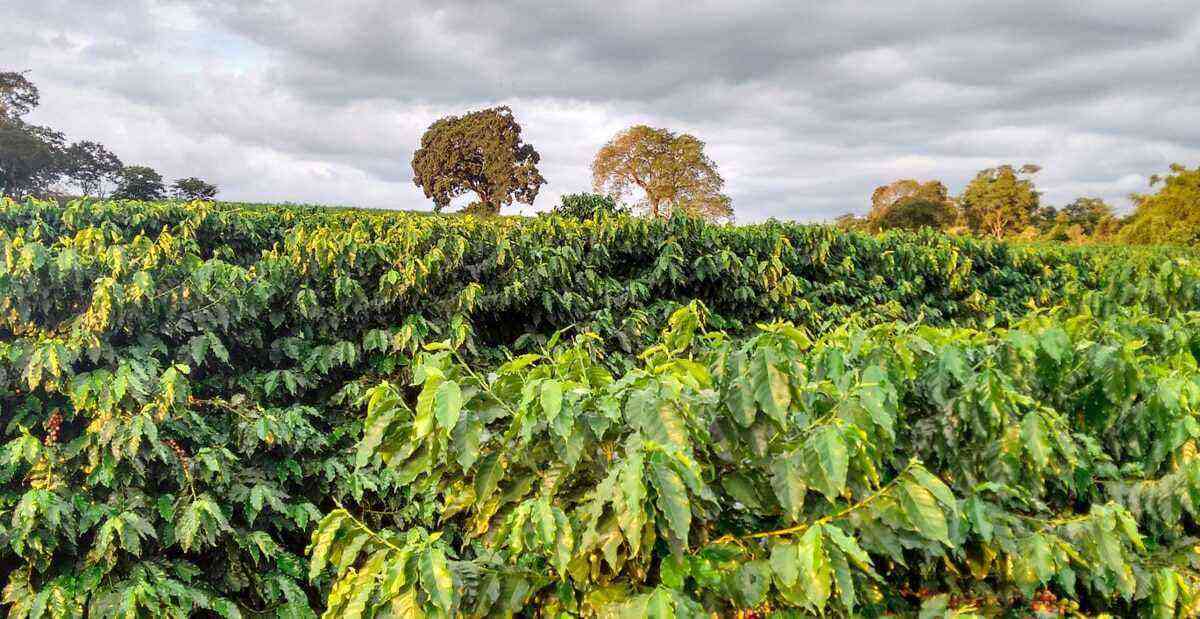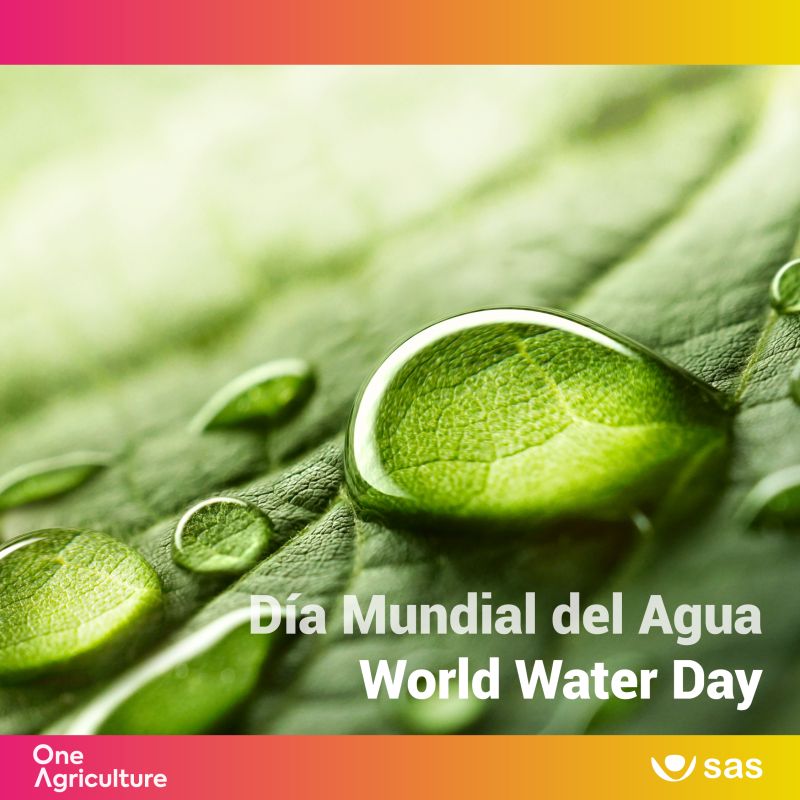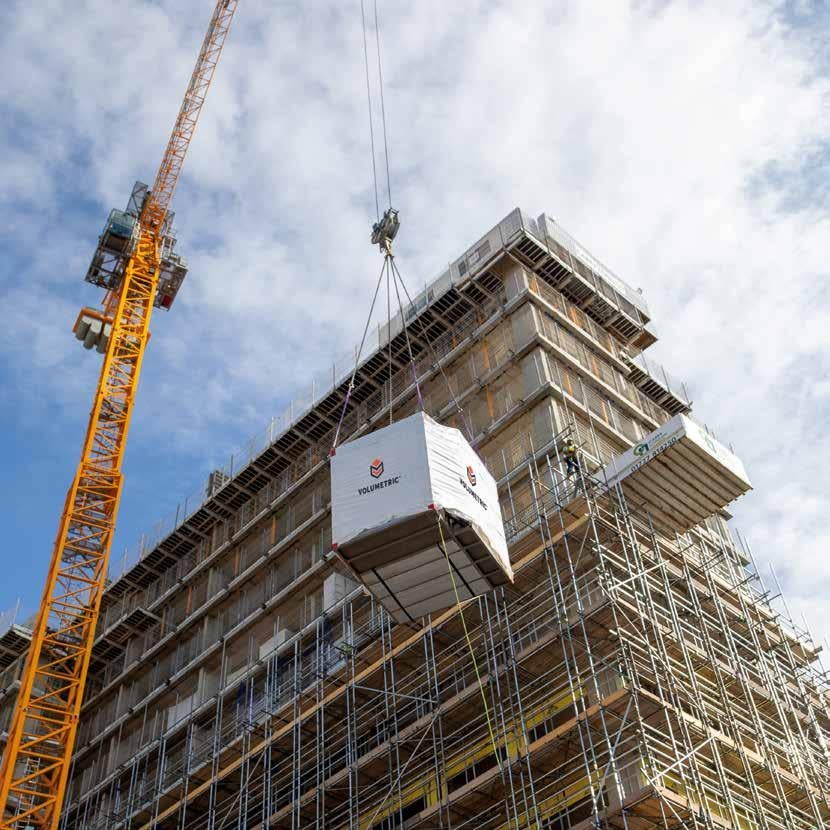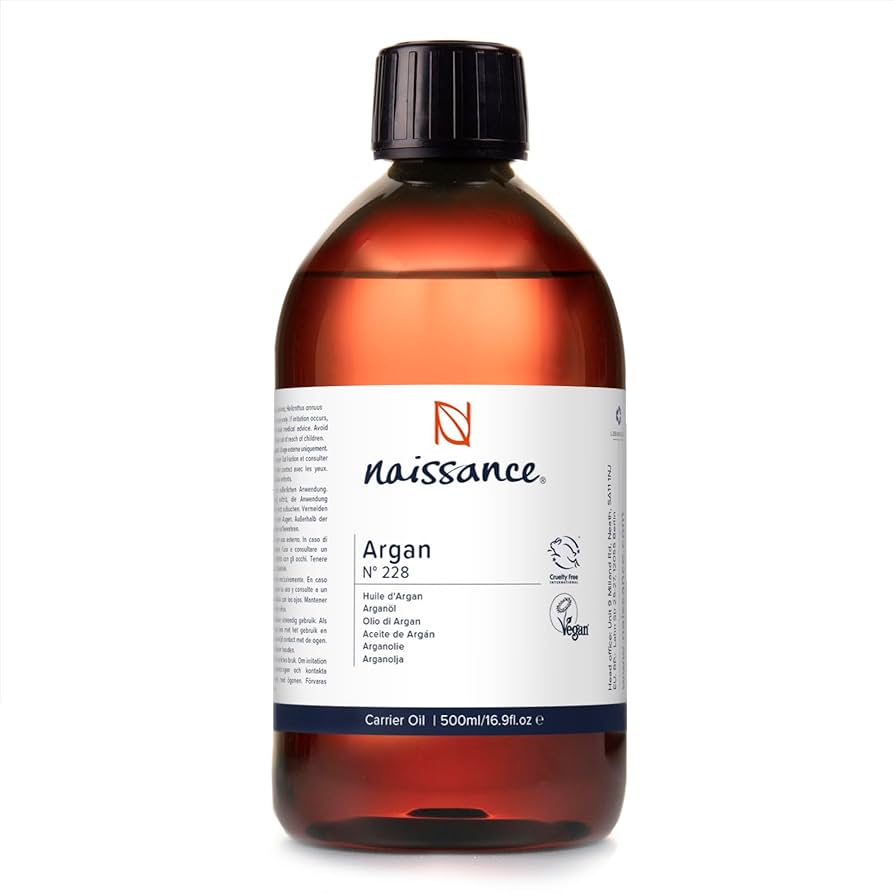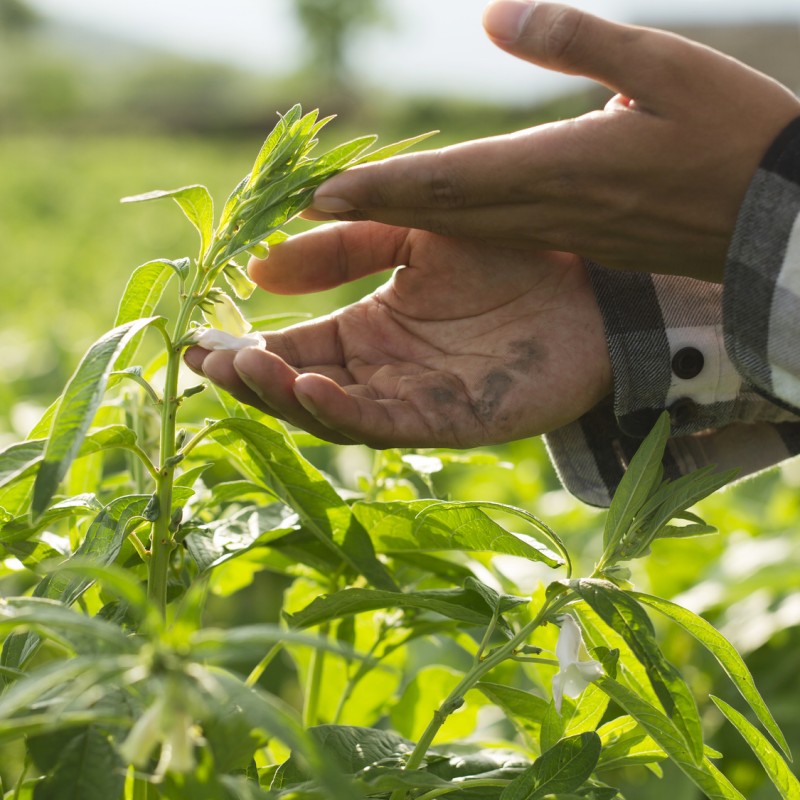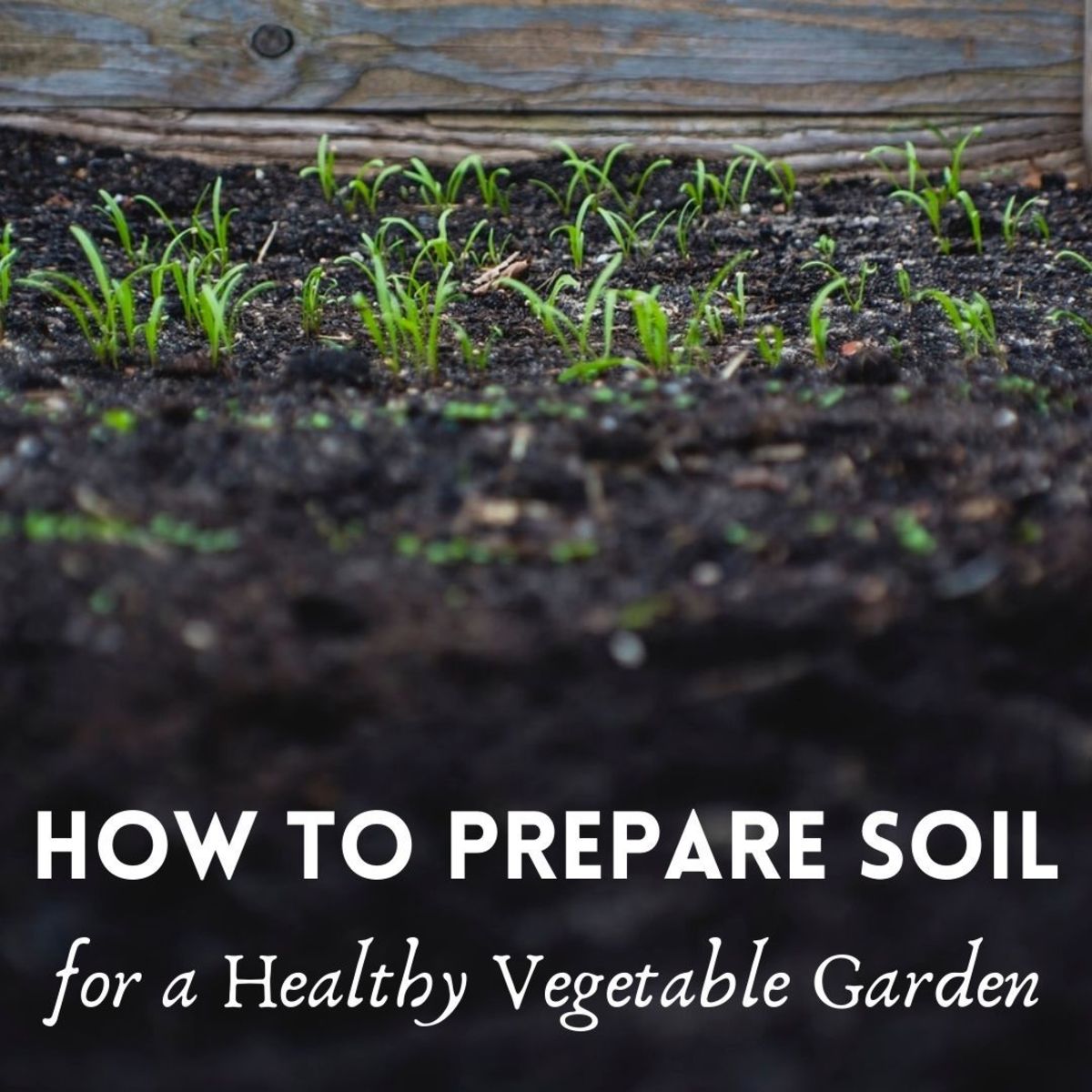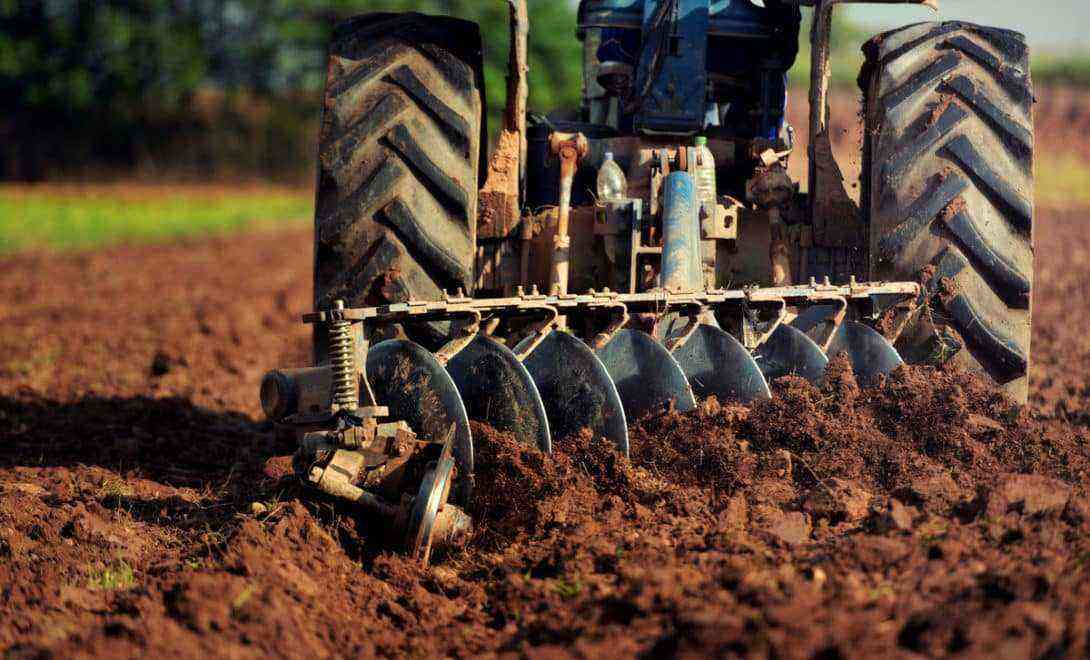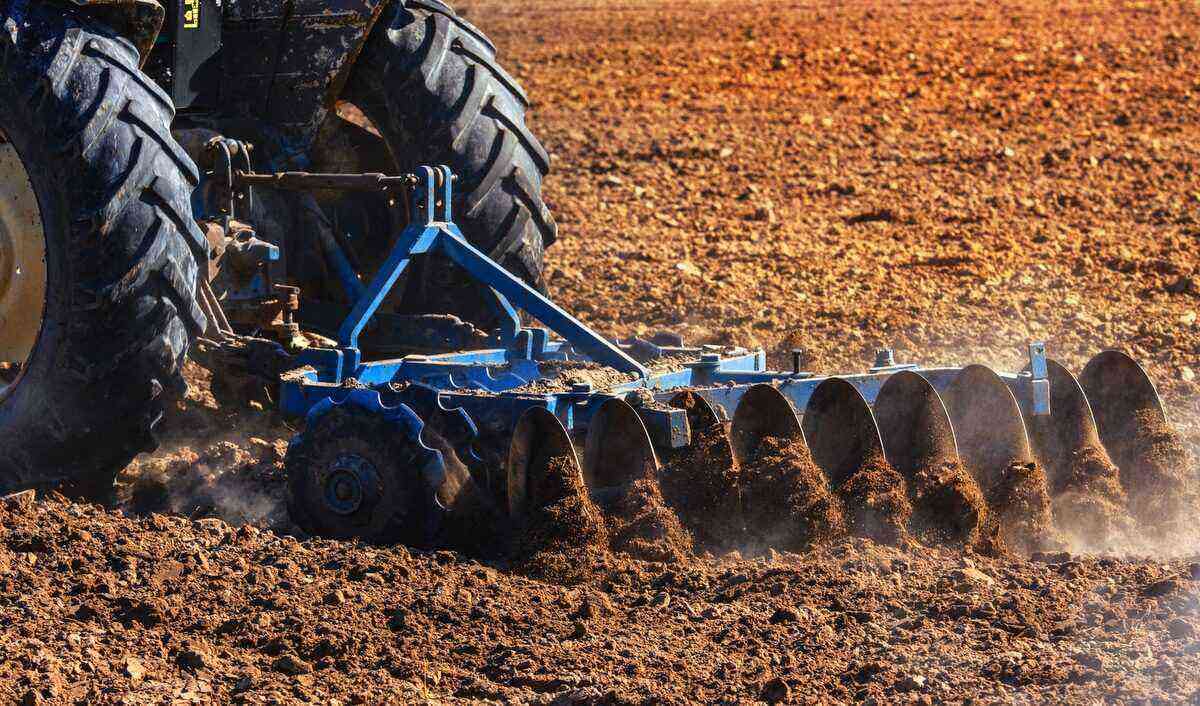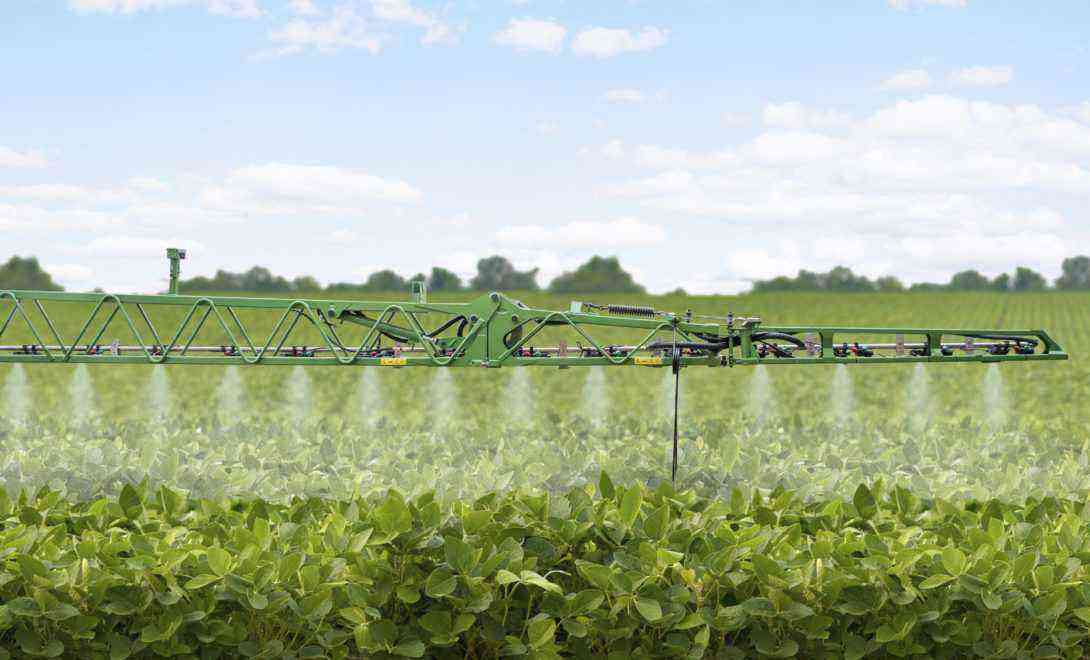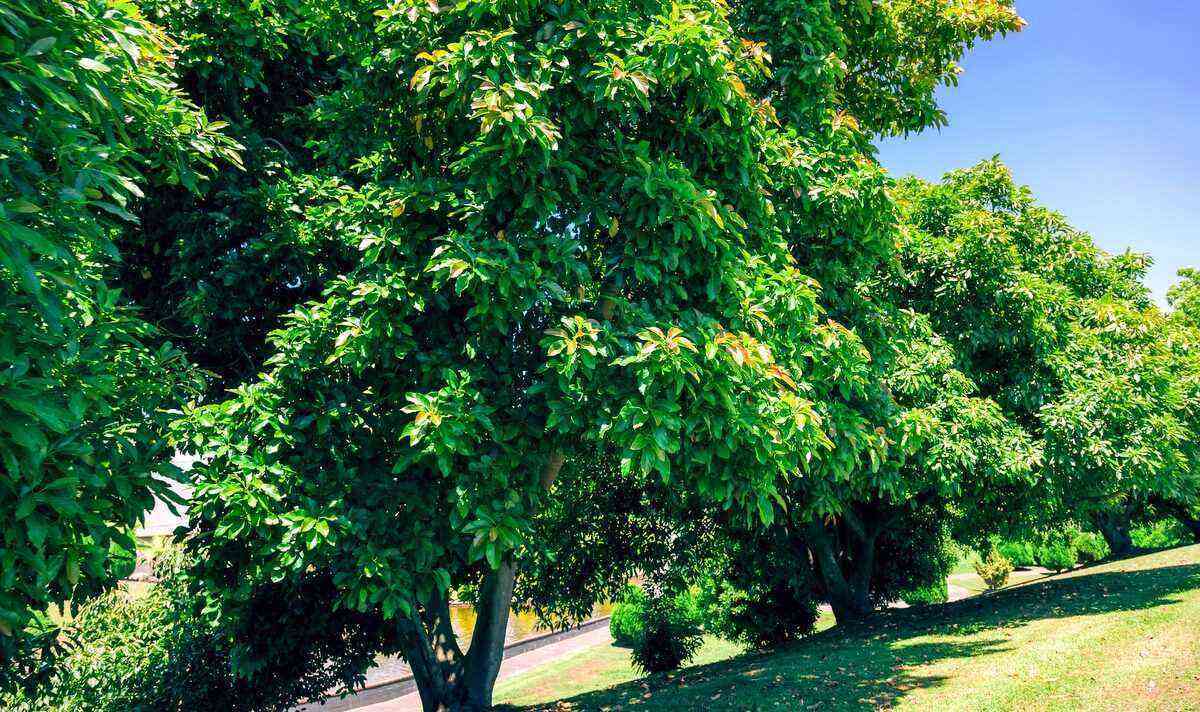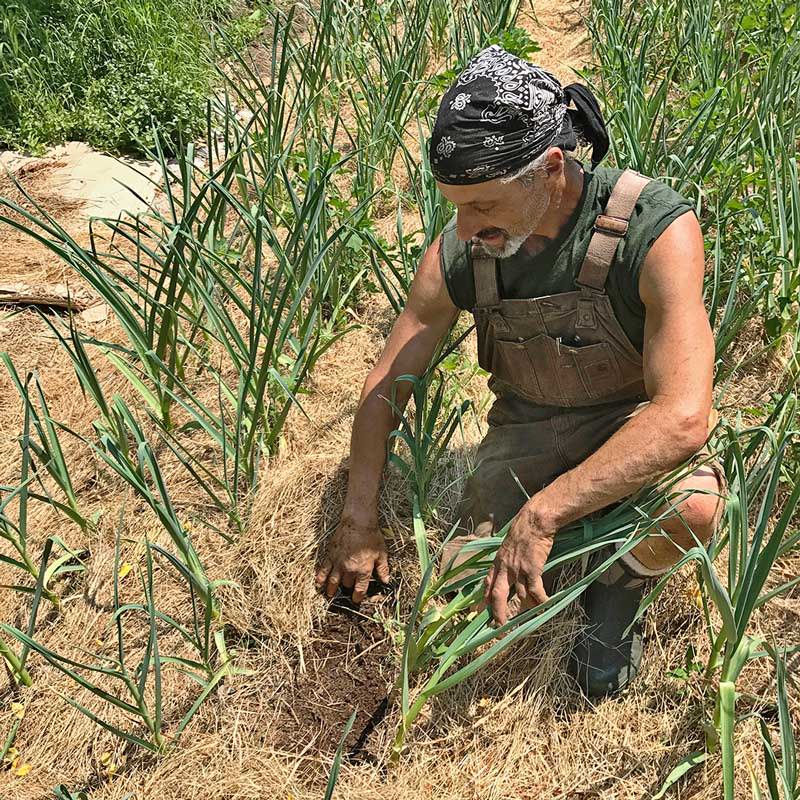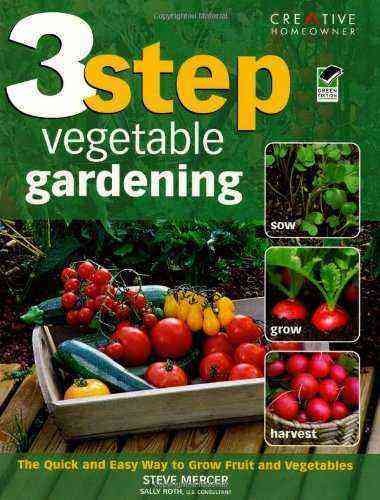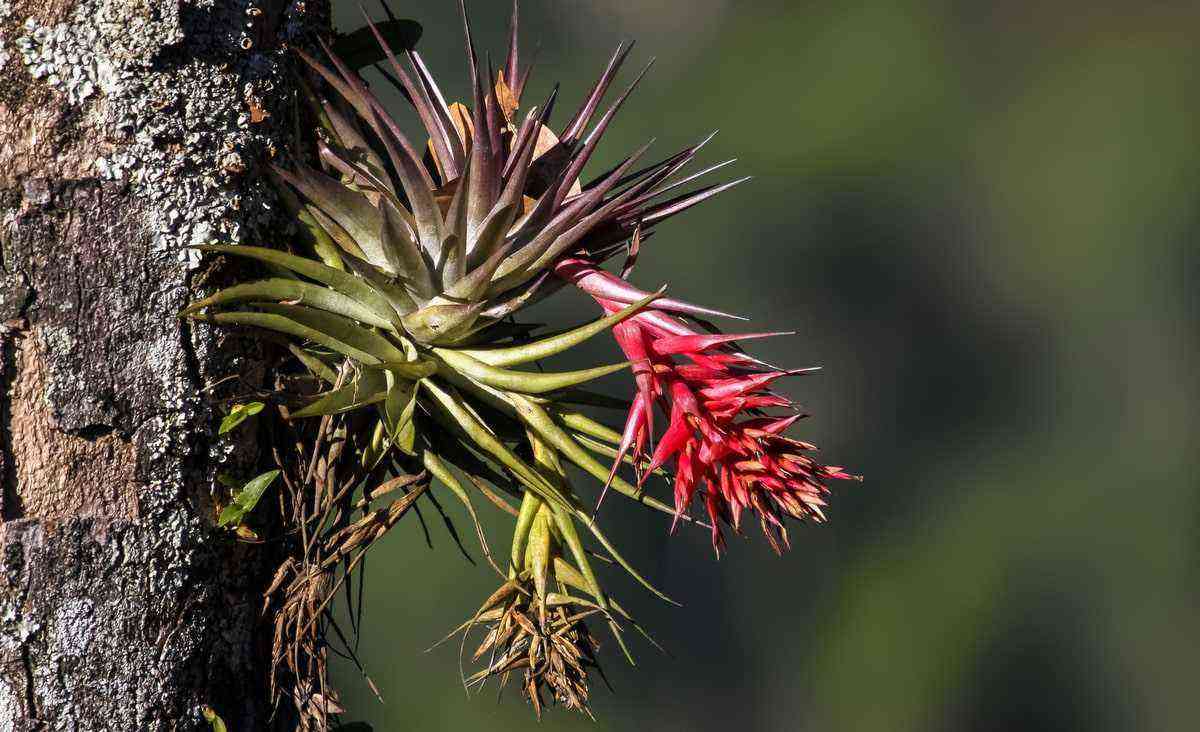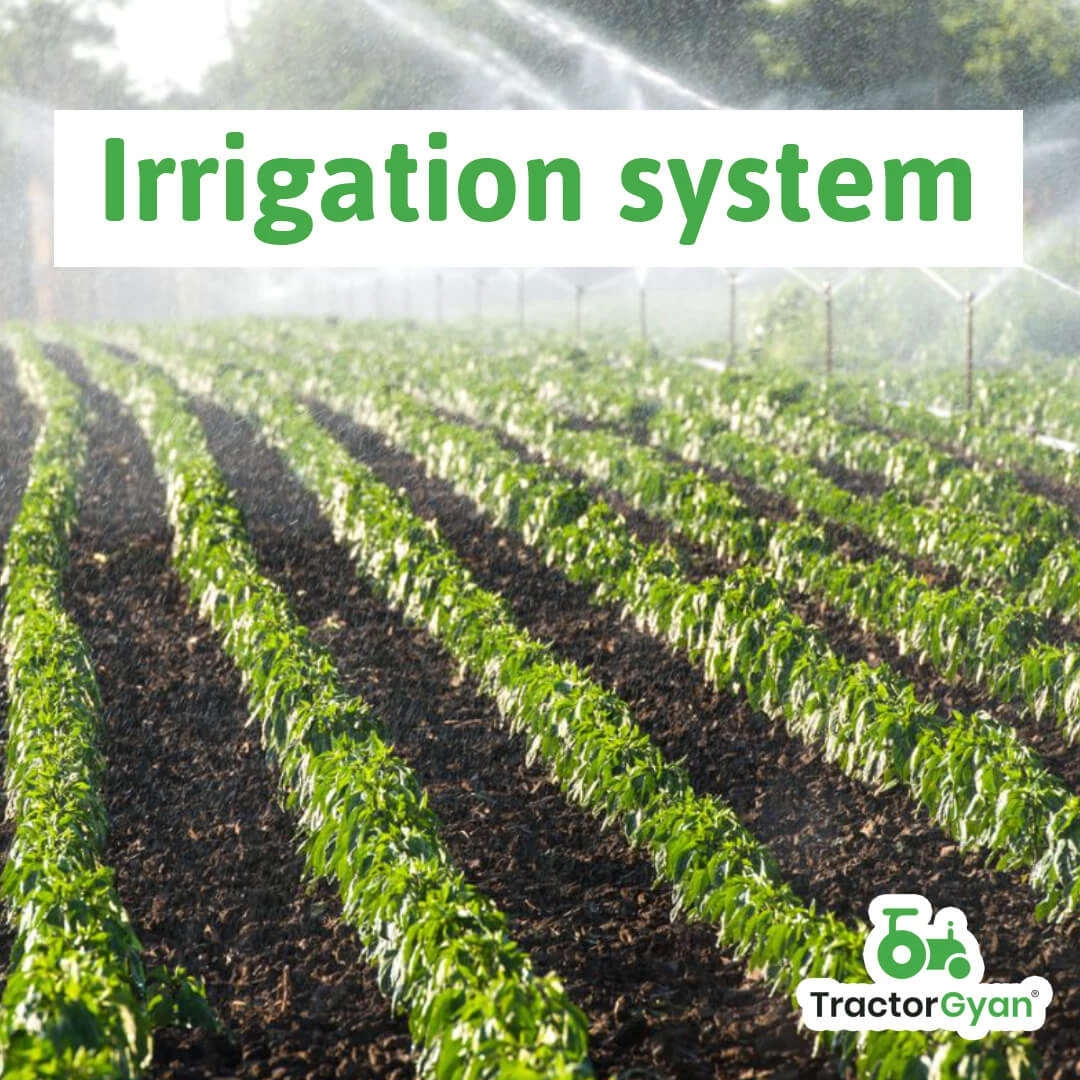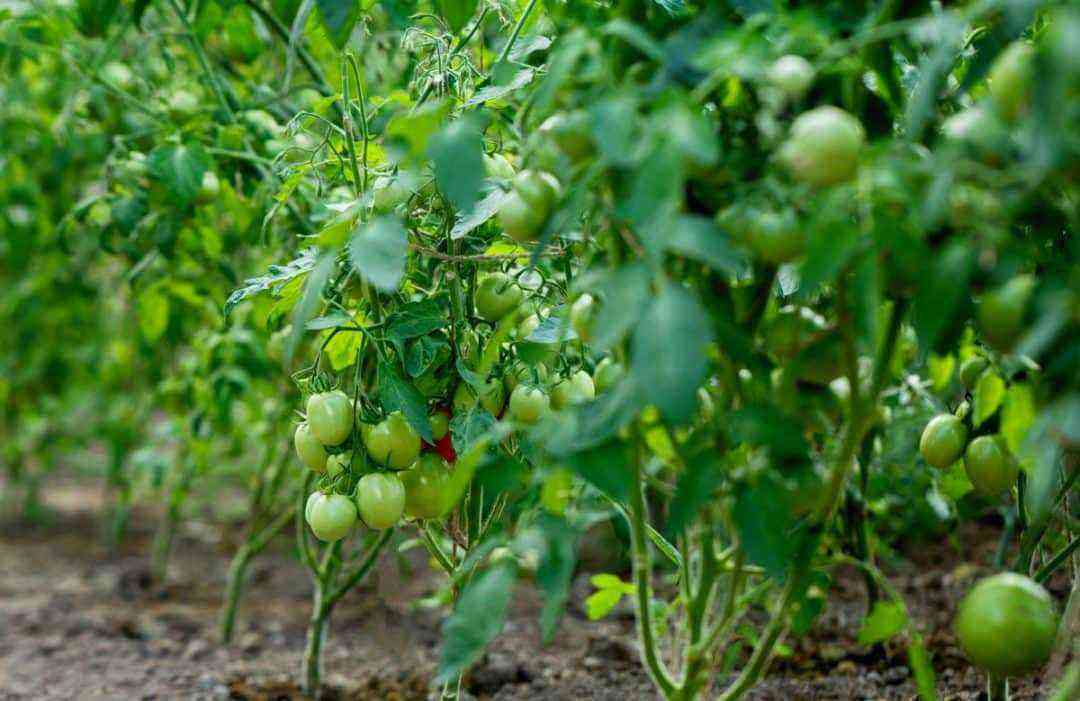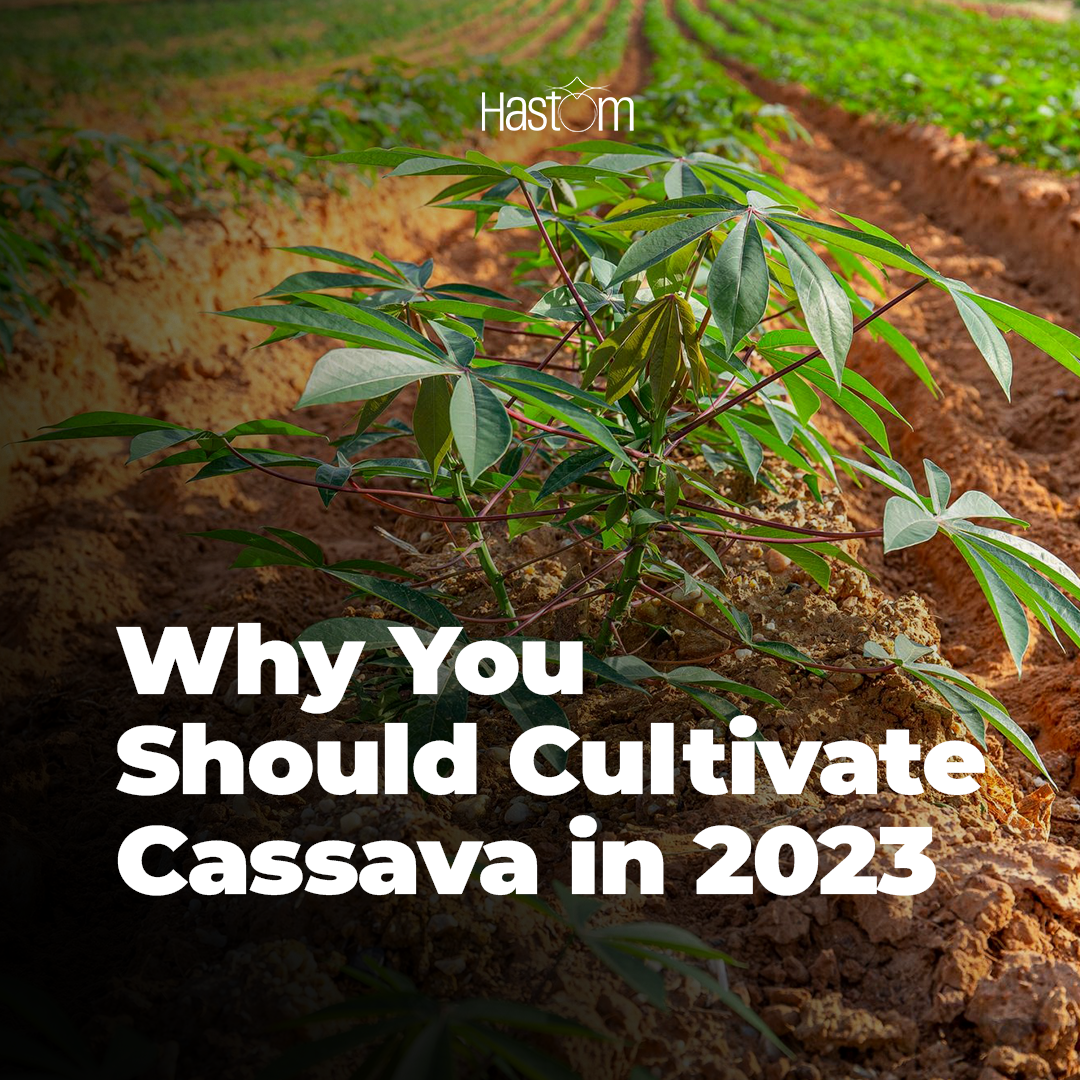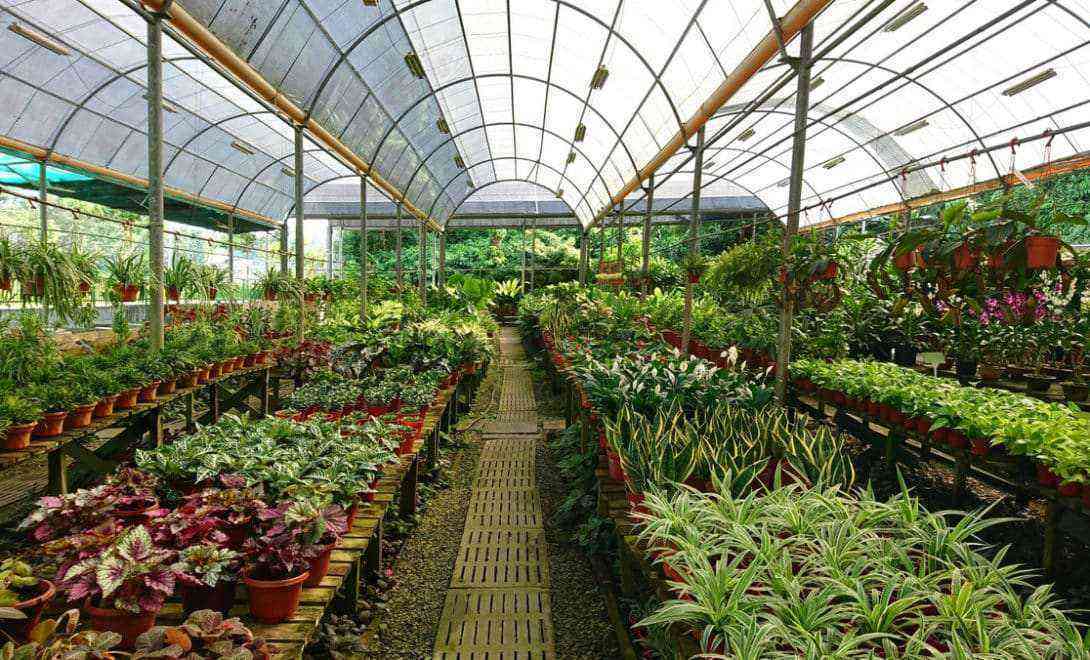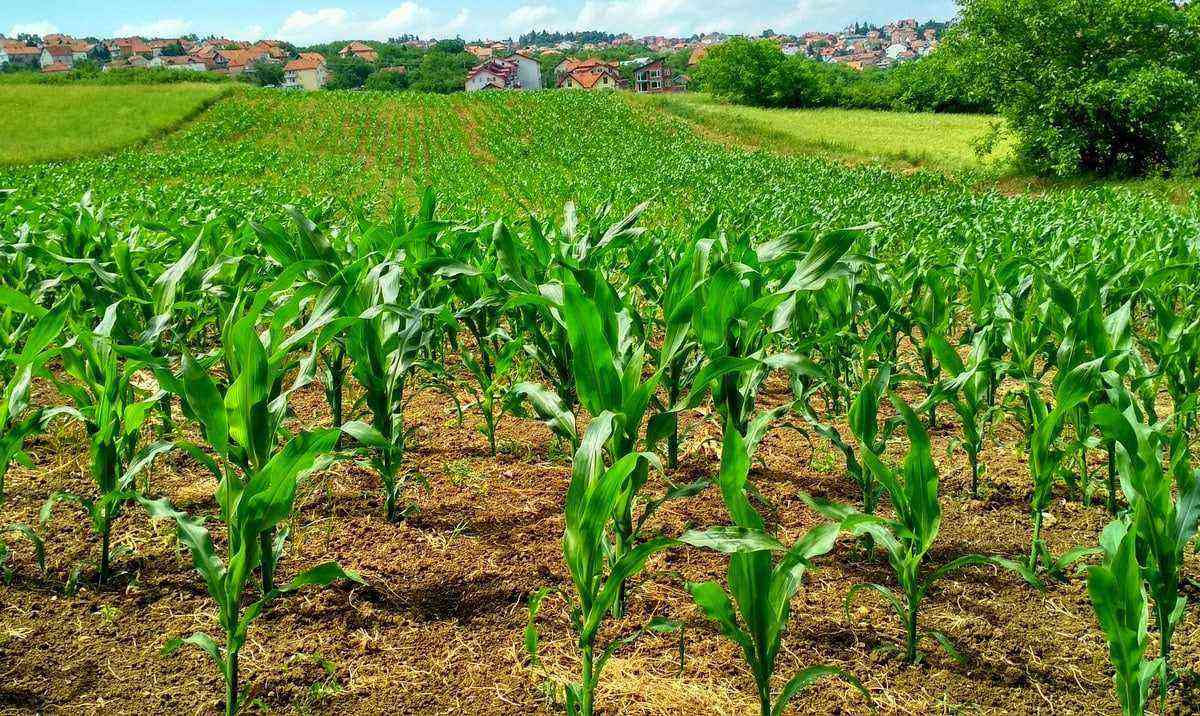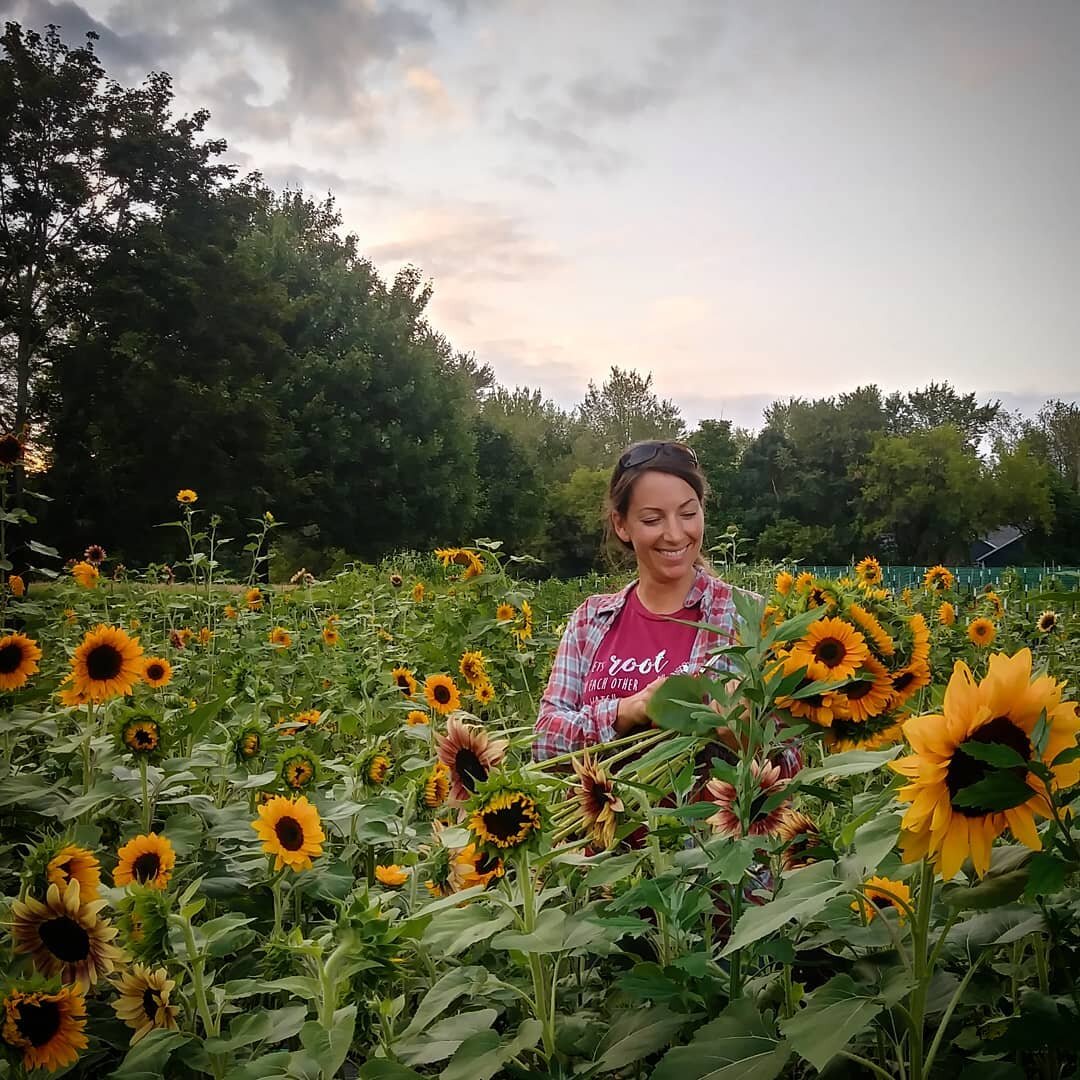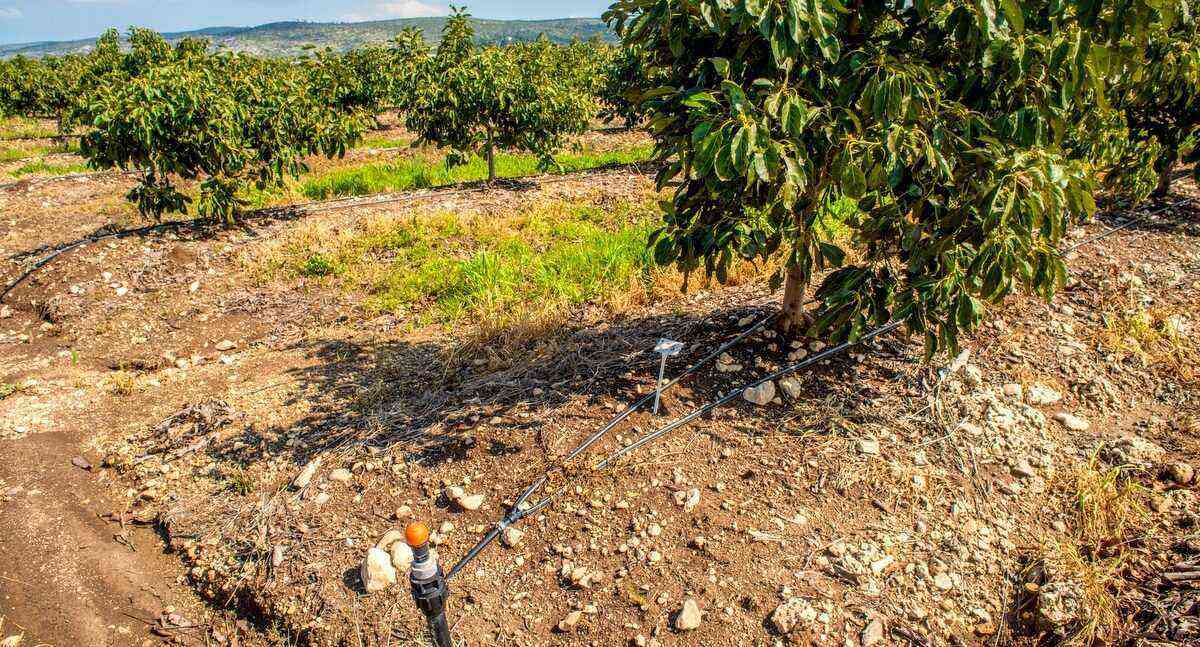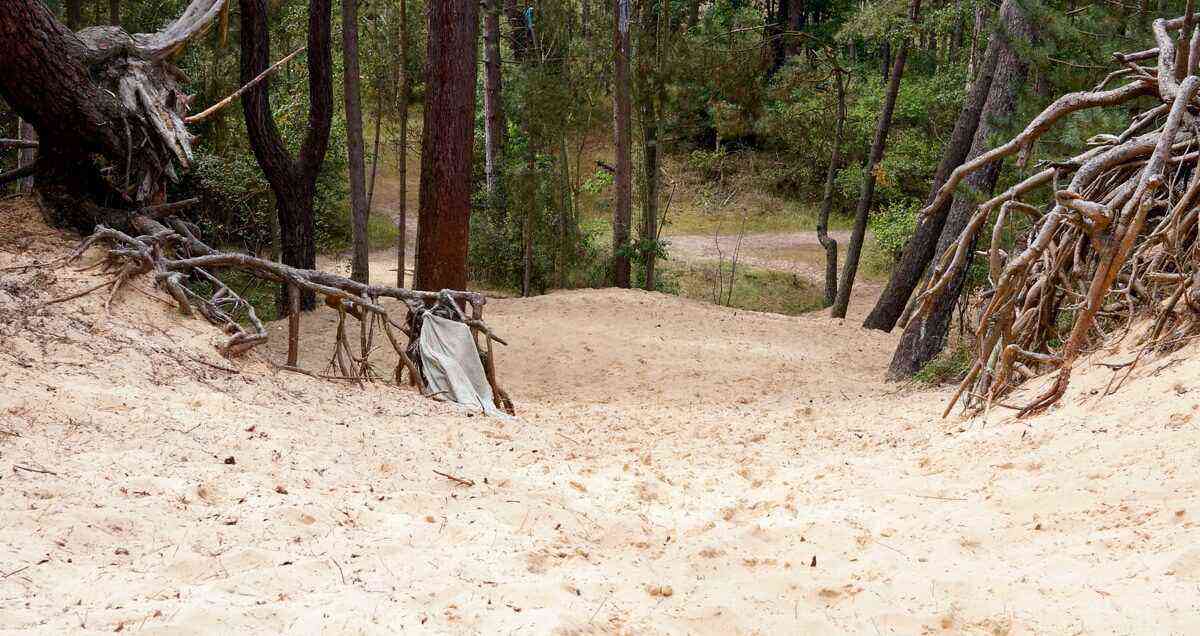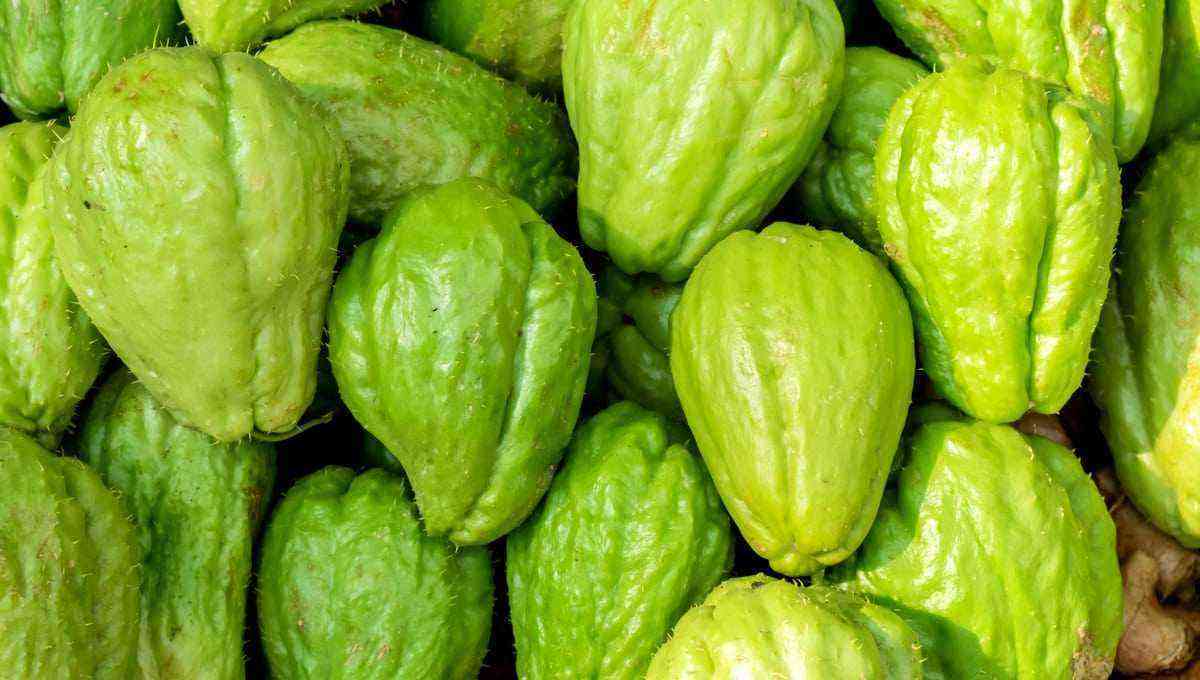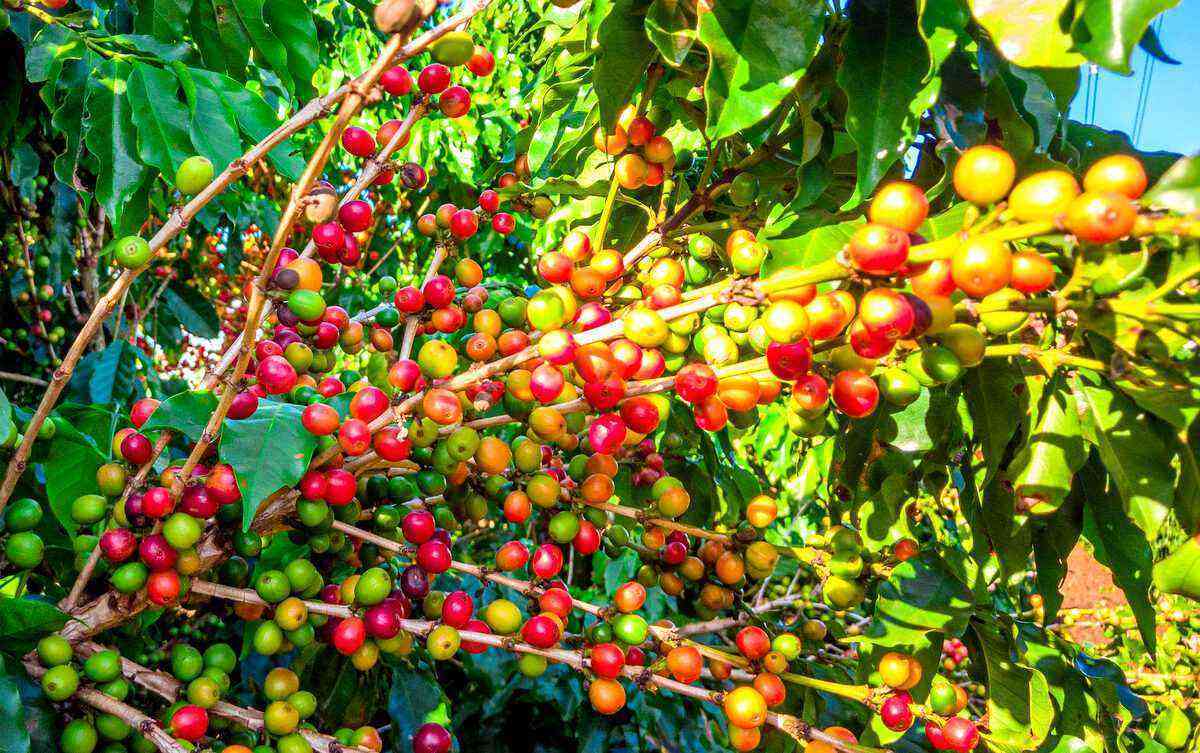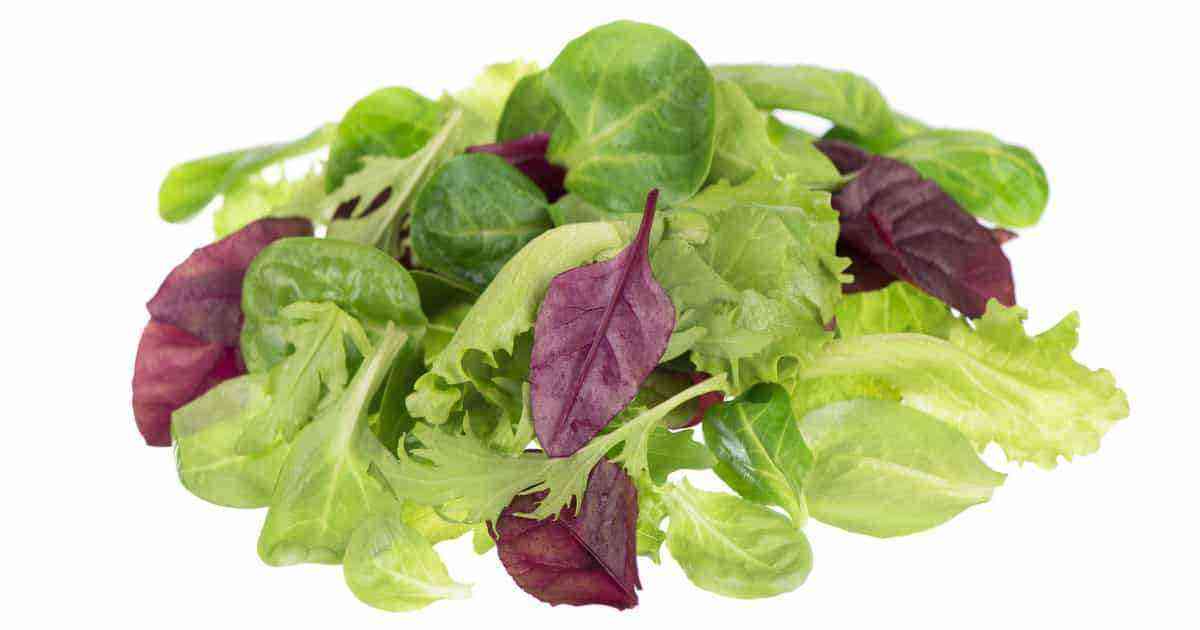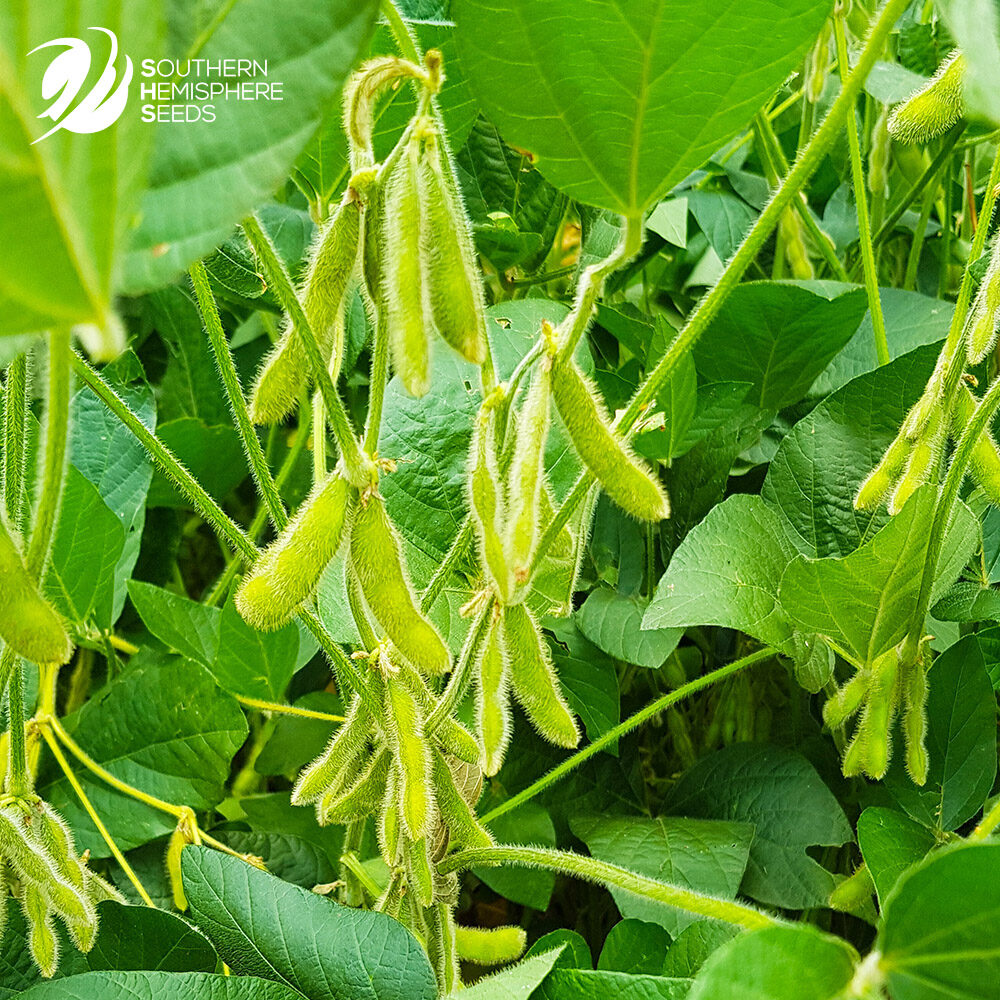Ladies and gentlemen, I present to you the residue of another product of Brazilian agriculture: agricultural plaster!
Coming from the processing of phosphate rock when we are transforming single superphosphate into triple superphosphate we have calcium sulfate dihydrate, gypsum.
Excellent source of calcium and sulfur, but here goes the bombshell: as mentioned in the previous post, gypsum does not correct pH, my dears! The product in question does not present carbonate or oxides in its formation, thus, it cannot neutralize the hydrogens in the soil, which would cause a rise in pH, as limestone does, for example.
However, gypsum is, yes, a great soil conditioner, mainly sub-surface, layers 20-40 cm deep. That’s how it should be until then, but each artist has…
Well, plaster when applied in recommended amounts can improve, and a lot, the root environment in greater depth as mentioned.
Gypsum and the benefits to plants
This fact results in a series of benefits for plants, such as the possibility of deepening roots and thus suffering less from dry spells. Well, not to mention the more than cheap and efficient source of sulfur. Let’s use personal plaster!
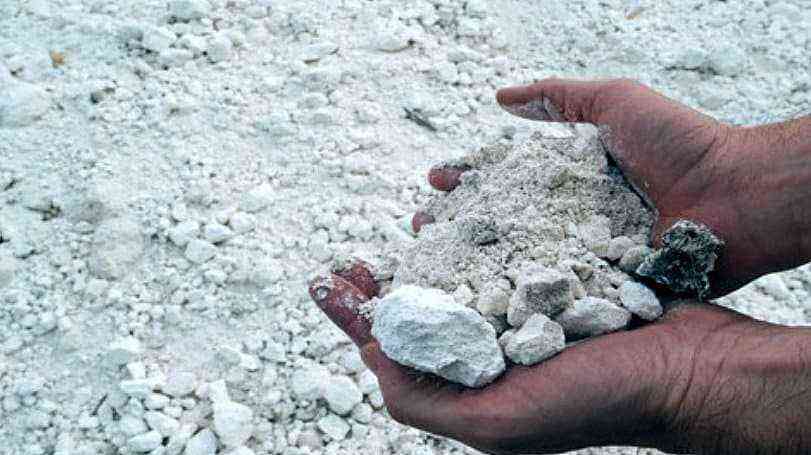
Technical studies show that agricultural gypsum brings a number of benefits to plants.
Speaking of a source of sulfur, which is a nutrient, gypsum has a high solubility, much higher than that of limestone, which makes it, in a few days, already present all its benefits, as well as soluble fertilizers.
how to make the application
Then we can apply it in the area, without the need for incorporation, about 10-15 days before planting the crop.
Unlike limestone that will require 80-90 days there to react optimally. Well, so we apply the plaster, it reacts, and we have a great source of sulfur. But is it just? And the rest? Doesn’t it work in the subsurface?
Act my dears, act. And, there he goes. Part of the gypsum, because it is soluble, “descends” to deeper layers of the soil, taking Ca e S also and hence the legend that gypsum corrects the soil.
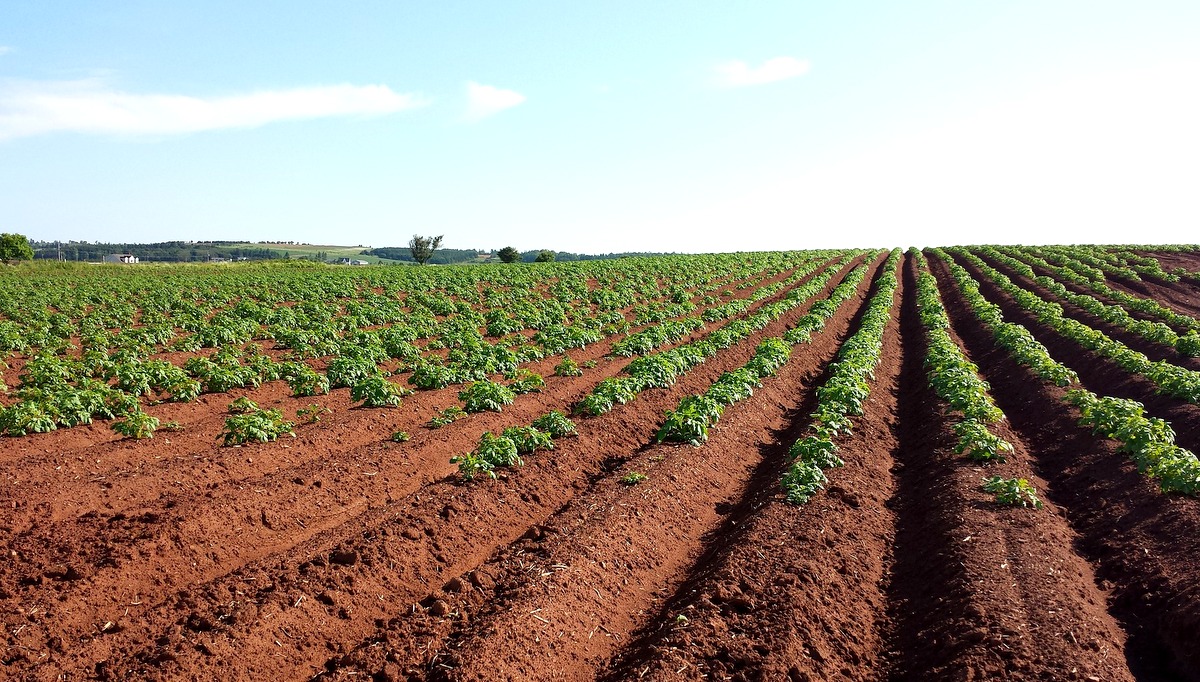
With gypsum, the product is able to deliver nutrients to deeper layers of the soil.
In a simplified way, what happens is that we have toxic aluminum in all parts of the soil and, in deeper layers, as the limestone cannot act, there is a greater amount that limits the growth of the roots. Now, aluminum is toxic, you really have to limit it.
That’s where the cat’s jump is, the plaster can deliver an amount of Ca in deeper layers that create “pathways of Ca” where the roots are able to develop, avoiding toxic aluminum and thus deepening. As you can see the plaster does not correct the to toxic he basically gives a get there for him as long as he exists Ca available on the system.
But, how much plaster to apply?
As a friend of mine would say, “but what about?! see me two fingers of it there!”. Hang in there mate, each case a case. We generally take into account saturation by Al or the amount of Ca in this layer of 20-40 cm to make the recommendation of, as Shakespeare would say, to use or not to use.
Well, if we have low levels of Ca (< 4 mmolc dm-3) e/ou saturação relativamente alta de Al (> 40%) we should make use of plaster and that’s where another issue comes in. How much of this stuff do I throw on my soil?

The amount of gypsum to be applied to the soil depends on a number of technical factors.
Before as long as I can remember one thing here, I always plaster before fertilizing. In some cases when we apply gypsum to some sources we can have a marked loss of nutrients by leaching, the gypsum “pulls” these nutrients.
Returning to how much, there is a wide knowledge on the subject, but even so, some differences in soil types, different cultures and what I really want to achieve with the application of the product.
It would be somewhat irresponsible of me to say something specific as if it were general. So, I believe that the most important thing is to seek the knowledge of a technician.
Each case is different!
You thought I was going to be on the fence right?! I won’t! But I warn you: each case is a case. But, in general terms, the clay content of the soil and the type of crop to be explored are taken into account.
Thus, we multiply the clay content in % by 50 for annual crops, 75 for perennial crops and 60 for forage crops and arrive at the dose to be applied in kg/ha. Guys, in this case the application is in full area!
Plaster applied, legends knocked down, I’ll stick around and see you next time! We will then talk about nitrogen fertilizers and nitrogen sources. Not every nitrogen source is a fertilizer but every fertilizer is a source!
We stand firm! Strong hug.
Also check out: the miracle of liming.
